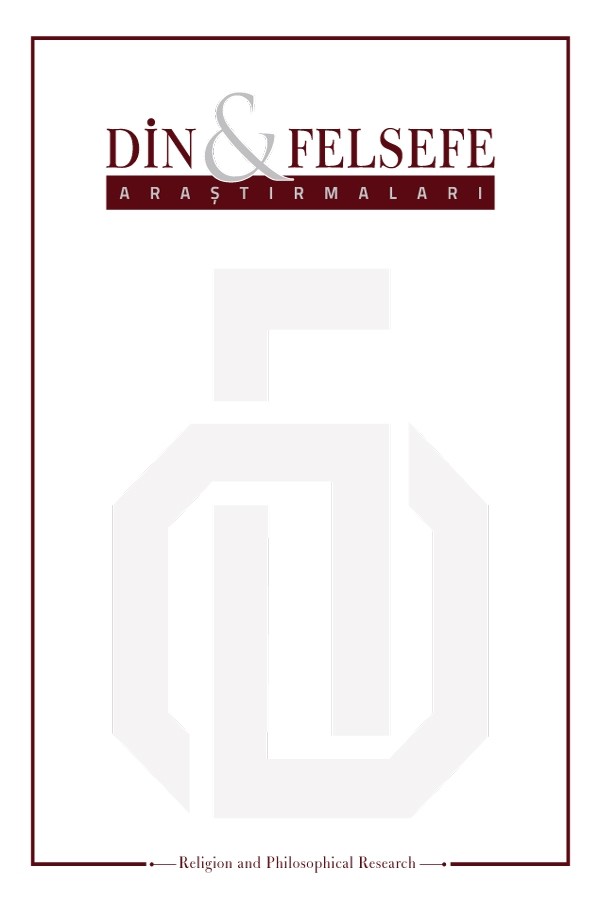
Din ve Felsefe Araştırmaları
Yazarlar: ["Haris MACİC", "Tuğçe ŞENSÖZ", "Alaaddin KOÇ"]
Konular:-
Anahtar Kelimeler:Gundissalinus,De divisione philosophiae,Fârâbî,İhsâ'u'l-Ulûm,Toledo Tercüme Faaliyeti,İbn Sînâ
Özet: In the second half of the 12th century, we encounter an interesting phenomenon in the Spanish city of Toledo, generally termed by the scholars as ‘school of translation’ or ‘translation activity’. This translation activity, led by scholars such as Dominicus Gundissalinus and Gerardus Cremonensis, emerged with the goal of translating philosophical works of Muslims from Arabic into Latin. Considering that the historical account of the Muslim influence on Western philosophy generally begins with the translation of Ibn Rushd's commentaries (from 1220 onwards), it is important to note that the works of Kindī, Fārābī, Gazzālī, and Ibn Sīnā received significant attention in Toledo from the 1150s onwards. In the first part of this study, we attempted to show very shortly the first traces of Aristotelianism, which dominated the Latin world from the second half of the 13th century onwards, in Toledo, particularly in Gundissalinus's works. In this sense, his work De divisione philosophiae and especially its introduction (Prologus) is the first manifestation of the so-called "new philosophy" in the West. As a symbolic expression of this change, in Gundissalinus, theology is presented as metaphysics, like in the works of Fārābī and Ibn Sīnā, rather than sacra pagina. In addition, in this part of the study, we attempted to describe the translation activity in Toledo, its most important actors, the most important translations, the importance of De divisione philosophiae, and the special context of the Prologus. In the second part of the study, we translated the prologue of De divisione philosophiae, a book written by Gundissalinus modeled on al-Farabi's İhsā’u’l-`Ulūm, and analyzed this section in the light of translations from Islamic philosophy during that period. As we tried to show in the footnotes of the translation, Gundissalinus's work is not original but rather resembles a compilation from the works of al-Farabi, Ibn Sina, and al-Ghazali.